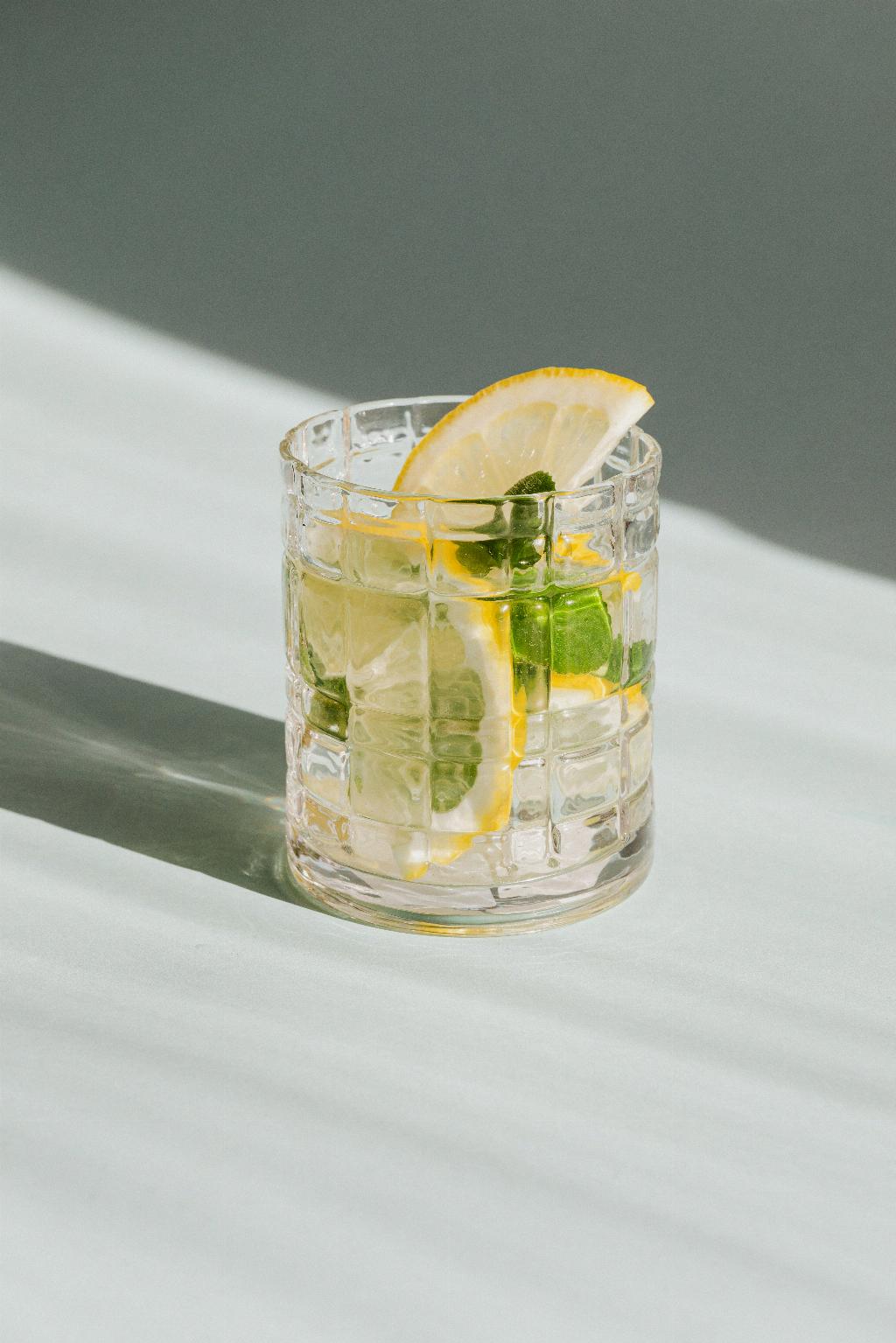Gin blossoms – a term often used in a colloquial sense – refer to a specific condition known as vascular rosacea. This distinctive skin condition is believed to be caused or worsened by excessive alcohol consumption. Let’s take a closer look at what gin blossoms are, how they manifest, and what steps can be taken to manage this condition.
The Origins of the Term
The term “gin blossoms” has its roots in slang, emerging from the association between excessive alcohol intake and the development of rosacea-like symptoms. While gin itself is not exclusively responsible for this condition, it has become emblematic due to its popularity as a spirit, particularly during the early 20th century.
Understanding Vascular Rosacea
Vascular rosacea, the medical term for gin blossoms, is a skin condition characterized by the dilation of blood vessels in the face. This dilation creates a flushed, red appearance, often with visible spider veins, particularly on the nose and cheeks. While the exact cause of vascular rosacea remains somewhat elusive, factors such as genetics, sun exposure, and alcohol consumption are believed to contribute to its development.
The Relationship with Alcohol
Excessive consumption of alcohol, especially alcoholic beverages high in histamines like red wine and certain spirits, can act as a trigger for the onset or exacerbation of vascular rosacea symptoms. Alcohol dilates blood vessels and causes flushing, which can intensify the appearance of gin blossoms. However, it is important to note that not everyone who drinks alcohol will develop this condition, as individual susceptibility varies.
Symptoms and Characteristics
Gin blossoms typically appear as a persistent redness on the face, resembling a rash or sunburn. In some cases, small, visible blood vessels, known as telangiectasia or spider veins, may also become more prominent. The severity and extent of these symptoms can vary from person to person, with some experiencing milder forms while others may have more pronounced and widespread manifestations.
Treatment Options and Management
While there is no cure for vascular rosacea or gin blossoms, several treatment options can help manage the condition and reduce its impact on an individual’s appearance and confidence. Dermatologists often recommend a combination of topical treatments, such as prescription creams or gels, and oral medications to control inflammation and minimize redness. Laser therapy and other procedures may also be effective in reducing the appearance of visible blood vessels.
Lifestyle Modifications
In addition to medical interventions, certain lifestyle modifications can play a crucial role in managing gin blossoms. Avoiding triggers like excessive alcohol consumption, spicy foods, extreme temperatures, and prolonged sun exposure can help minimize flare-ups and reduce the intensity of symptoms. Protecting the skin with sunscreen, gentle cleansing routines, and using non-irritating skincare products are also important steps to incorporate into a daily routine.
Seeking Professional Advice
If you suspect you may be experiencing symptoms of vascular rosacea or gin blossoms, it is recommended to consult with a dermatologist or a healthcare professional specializing in skin conditions. They can provide an accurate diagnosis, offer personalized treatment options, and provide guidance on lifestyle modifications to effectively manage the condition.

Understanding and Managing Gin Blossoms
Gin blossoms, or vascular rosacea, are a complex dermatological condition often linked to excessive alcohol consumption. However, it is essential to remember that the condition is not solely caused by gin or alcohol alone. By understanding the nature of this condition, recognizing its symptoms, and seeking appropriate professional guidance, individuals can effectively manage and minimize the impact of gin blossoms on their skin health, appearance, and overall well-being.
